News
Protests in China are not rare – but the current unrest is significant
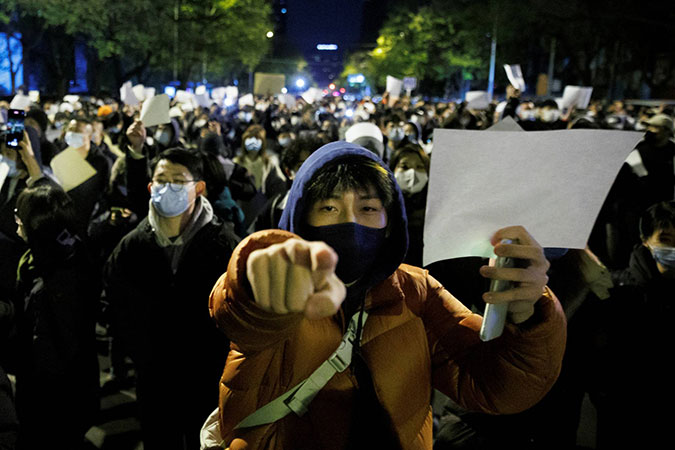
By Teresa Wright
Professor of Political Science,
California State University,
Long Beach
Street protests across China have evoked memories of the Tiananmen Square demonstrations that were brutally quashed in 1989. Indeed, foreign media have suggested the current unrest sweeping cities across China is unlike anything seen in the country since that time.The implication is that protest in China is a rarity. Meanwhile, the Nov. 30, 2022, death of Jiang Zemin – the leader brought in after the bloody crackdown on 1989 – gives further reason to reflect on how China has changed since the Tiananmen Square massacre, and how Communist party leaders might react to unrest now.
But how uncommon are these recent public actions? And how do they compare with the massive weekslong demonstrations of 1989?
Having written extensively on protest in China, I can attest that protests in China are not at all uncommon – but that doesn’t make what is happening now any less significant. Alongside similarities between the current street actions and more typical protests of recent years, there are also parallels between the demonstrations today and those in 1989. Yet differences in China’s international status and domestic leadership reduce the chances for liberal democratic transformation now.
The current protests are ostensibly about the Chinese government’s strict “zero COVID” policies. They were triggered by a deadly fire in the northwestern city of Urumqi on Nov. 24, with some residents blaming lockdown rules for hampering rescue efforts. Unrest has since spread to multiple cities, including Beijing and Shanghai.
The specifics are unique to the pandemic. But in many respects, what we are seeing is not new or unusual – protests, in general, are not rare in China.In fact, from 1990 through the present, popular protests have been more frequent and widespread in China than they were in the years leading up to the Tiananmen Square-centered demonstrations.
According to Chinese government statistics, the yearly count of domestic “mass incidents” or “public order disturbances” – euphemisms used to refer to everything from organized crime to street protests – rose from 5,000 to 10,000 in the early 1990s to 60,000 to 100,000 by the early 2000s.
Despite the lack of official numbers since 2006 – which ceased to be published after that year – verbal statements by Chinese officials and research by scholars and nongovernment organizations estimate the number of yearly protests to have remained in the high tens-of-thousands.This is not to say the recent multi-city protests are unsurprising or insignificant. To the contrary, the current media spotlight is, I believe, well-deserved.
Nearly all the thousands of protests appearing every year in the post-Tiananmen Square period have been localized and focused on specific material issues. They occur, for example, when villagers feel they are unfairly compensated for land acquisitions, when private sector workers are not paid, or when residents suffer from environmental degradation caused by waste incinerators.In contrast, the anti-lockdown protests have emerged in numerous cities – reporting by CNN suggests there have been at least 23 demonstrations in 17 cities. They are also all focused on the same issue: COVID-19 restrictions. Moreover, they are targeted at central Party leaders and official government policy.
For the closest parallels in terms of size of protest, one has to go back to the late 1990s and early 2000s.From 1998 to 2002, tens of thousands of state-owned enterprise workers in at least 10 Chinese provinces demonstrated against layoffs and enforced early retirements. And in 1999, roughly 10,000 members of the now-banned spiritual movement Falun Gong amassed in central Beijing to protest their suppression and demand legal recognition.
But these protests were directed at issues that specifically affected only these groups and did not critique China’s top political leaders or system as a whole.The only post-1989 examples of overt collective political dissent – that is, public action calling for fundamental change to the mainland’s Chinese Communist Party-led political system – have been exceedingly small and transpired off the streets. In 1998, activists formed the China Democracy Party, declaring it a new political party to usher in liberal democratic multi-party governance. Though the party persisted openly for roughly six months, establishing a national committee and branches in 24 provinces and cities, its leaders ultimately were arrested and the party driven underground.
A decade later, a group of intellectuals led by writer Liu Xiaobo posted online a manifesto called “Charter 08” advocating for liberal democratic political reform. Liu, who later received the Nobel Peace Prize, was jailed as a result. He remained in prison until his death, from untreated cancer, in 2017.
And while the massive and sustained protests in Hong Kong over the past decade exemplify political dissent, protesters’ demands have remained confined to political reform in the Hong Kong Special Administrative Region of the People’s Republic of China.So how much do the current anti-lockdown protests resemble the demonstrations that shook the regime in the spring of 1989?
Both have involved urban residents from various walks of life, including university students and blue-collar workers.
And in each case, the demands of protesters have been mixed. They include specific material complaints: In 1989, it was the impacts of inflation; in 2022, it is the effects of lockdowns and incessant PCR testing.But they also include broader calls for political liberalization, such as freedom of expression.
Indeed in some ways, the protesters of 2022 are being more pointed in their political demands. Those on the streets of at least two major cities have called on President Xi Jinping and the Chinese Communist Party to step down. Demonstrators in 1989 refrained from such system-threatening rhetoric.
That reflects the changing political realities of China then and now. In early 1989, Party leadership clearly was split, with more reform-oriented leaders such as Zhao Ziyang perceived as sharing the activists’ vision for change. As such, demonstrators saw a way of achieving their aims within the communist system and without a wholesale change in leadership.
The contrast with today is stark: Xi has a firm grip on the party. Even if Xi were to miraculously step down, there is no clear opposition leader or faction to replace him. And if the party were to fall, the resultant political void is more likely to bring chaos than orderly political transformation.
Yet if the Chinese Communist Party is a different entity now than it was in 1989, its response to unrest shares some traits. Central authorities in 1989 blamed the protests on foreign “black hands” seeking to destabilize China. The same accusations have been raised in online posts now.
In fact, the government response to recent protests follows a pattern that has played out time and again in post-1989 protests. There is little to no official media coverage of the protests or acknowledgment by central Chinese Communist Party leaders. At the same time, local authorities attempt to identify and punish protest leaders while treating regular participants as well-intended and non-threatening. Central criticism – and possible sanction – of local officials portrayed as violating national policies follows. Meanwhile, there are moves to at least partially address protester grievances.It is a messy and inefficient way to respond to public concerns – but it has become the norm since 1989. (The Conversation)
News
Regulatory rollback tailored for “politically backed megaprojects”— Environmentalists
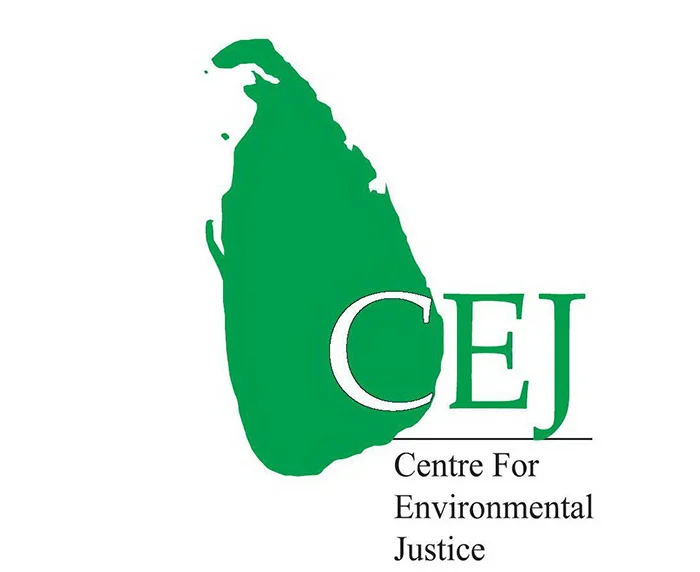
Investigations have revealed that the government’s controversial easing of environmental regulations appears closely aligned with the interests of a small but powerful coalition of politically connected investors, environmentalists have alleged.
The move weakens key Environmental Impact Assessment (EIA) requirements and accelerates approvals for high-risk projects, has triggered a storm of criticism from environmental scientists, civil society groups and even sections within the administration, they have claimed.
Environmental Scientist Hemantha Withanage, Executive Director of the Centre for Environmental Justice, told The Island that the policy reversal “bears the fingerprints of elite political financiers who view Sri Lanka’s natural assets as commodities to be carved up for profit.”
“This is not accidental. This is deliberate restructuring to favour a specific group of power brokers,” he told The Island. “The list of beneficiaries is clear: large-scale mineral extraction interests, luxury hotel developers targeting protected coastlines, politically backed hydropower operators, industrial agriculture companies seeking forest land, and quarry operators with direct political patronage.”
Information gathered through government insiders points to four clusters of projects that stand to gain substantially:
Several politically shielded operators have been lobbying for years to weaken environmental checks on silica sand mining, gem pit expansions, dolomite extraction and rock quarrying in the central and northwestern regions.
High-end tourism ventures — especially in coastal and wetland buffer zones — have repeatedly clashed with community opposition and EIA conditions. The rollback clears obstacles previously raised by environmental officers.
At least half a dozen mini-hydro proposals in protected catchments have stalled due to community objections and ecological concerns. The new rules are expected to greenlight them.
Plantation and agribusiness companies with political links are seeking access to forest-adjacent lands, especially in the North Central and Uva Provinces.
“These sectors have been pushing aggressively for deregulation,” a senior Ministry source confirmed. “Now they’ve got exactly what they wanted.”
Internal rifts within the Environment Ministry are widening. Several senior officers told The Island they were instructed not to “delay or complicate” approvals for projects endorsed by select political figures.
A senior officer, requesting anonymity, said:
“This is not policymaking — it’s political engineering. Officers who raise scientific concerns are sidelined.”
Another added:”There are files we cannot even question. The directive is clear: expedite.”
Opposition parliamentarians are preparing to demand a special parliamentary probe into what they call “environmental state capture” — the takeover of regulatory functions by those with political and financial leverage.
“This is governance for the few, not the many,” an Opposition MP told The Island. “The rollback benefits the government’s inner circle and their funders. The public gets the consequences: floods, landslides, water scarcity.”
Withanage issued a stark warning:
“When rivers dry up, when villages are buried in landslides, when wetlands vanish, these will not be natural disasters. These will be political crimes — caused by decisions made today under pressure from financiers.”
He said CEJ was already preparing legal and public campaigns to challenge the changes.
“We will expose the networks behind these decisions. We will not allow Sri Lanka’s environment to be traded for political loyalty.”
Civil society organisations, environmental lawyers and grassroots communities are mobilising for a nationwide protest and legal response. Several cases are expected to be filed in the coming weeks.
“This is only the beginning,” Withanage said firmly. “The fight to protect Sri Lanka’s environment is now a fight against political capture itself.”
By Ifham Nizam
News
UK pledges £1 mn in aid for Ditwah victims
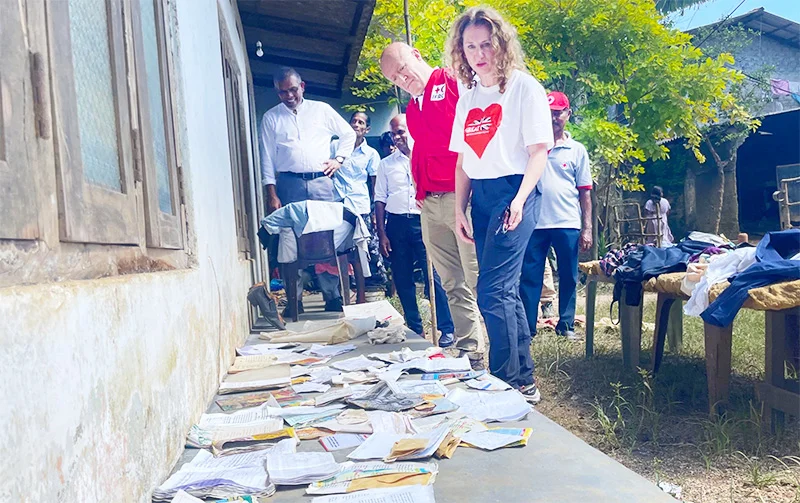
The UK has pledged £1 million (around $1.3 million) in aid to support victims of Cyclone Ditwah, following Acting High Commissioner Theresa O’Mahony’s visit to Sri Lanka Red Cross operations in Gampaha.
“This funding will help deliver emergency supplies and life-saving assistance to those who need it most,” the British High Commission said. The aid will be distributed through humanitarian partners.
During her visit, O’Mahony toured the Red Cross warehouse where UK relief supplies are being prepared, met volunteers coordinating relief efforts, and visited flood-affected areas to speak with families impacted by the cyclone.
“Our support is about helping people get back on their feet—safely and with dignity,” she said, adding that the UK stands “shoulder to shoulder with the people of Sri Lanka” and will continue collaborating with the government, the Red Cross, the UN, and local partners in recovery efforts.
She was accompanied by John Entwhistle, IFRC Head of South Asia, and Mahesh Gunasekara, Secretary General of the Sri Lanka Red Cross.
News
WFP scales up its emergency response in Sri Lanka
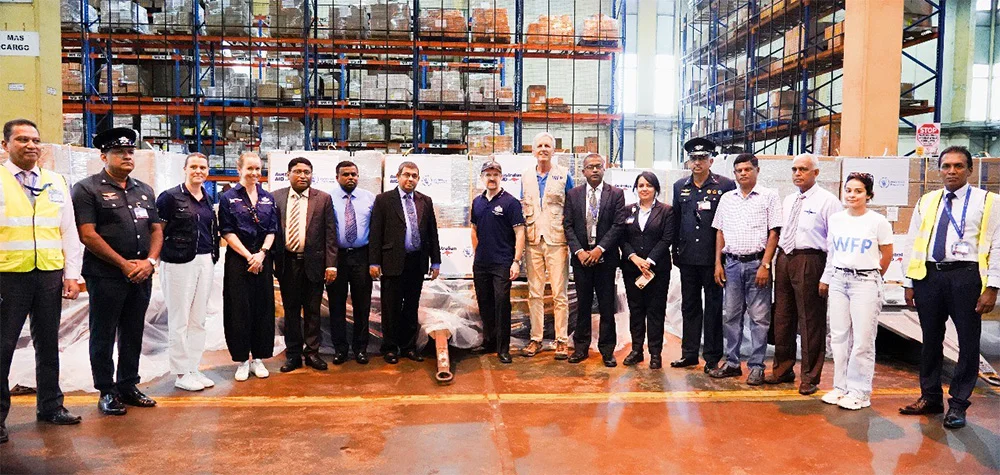
The United Nations World Food Programme (WFP) has scaled up its emergency response in Sri Lanka following the devastation caused by Cyclone Ditwah, thanks to a generous AUD 1.5 million contribution from the Government of Australia. This support is enabling WFP to deliver life-saving fortified food and provide cash assistance to families most affected by the disaster, Australian High Commission said in a release yesterday.
It said: The first airlift of fortified biscuits – 10 metric tonnes from WFP’s humanitarian hub in Dubai arrived in Sri Lanka, with upto 67 metric tonnes expected in the coming days. WFP has already dispatched fortified biscuits to Nuwara Eliya and Kegalle. Further deliveries are planned for Badulla and Kandy, among the hardest-hit districts.
“Australia stands with Sri Lanka at this devastating time. We are proud to work closely with our longstanding humanitarian partner the WFP, as well as with the Sri Lankan government and local authorities, to rapidly respond to meet the urgent needs of those affected communities,” said Australia’s High Commissioner to Sri Lanka, Matthew Duckworth.
WFP’s fortified biscuits provide a quick boost of energy and nutrition when families need it most.
“As rescue operations wind down, our priority is delivering life-saving fortified food to tackle immediate food needs of affected families, targeting especially those most at risk – children, older persons, pregnant and breastfeeding women, and people with disabilities, who often bear the brunt of such crises,” said Philip Ward, Representative and Country Director of the World Food Programme.
Australia’s contribution will also fund cash assistance programmes, complementing Government efforts to help families meet essential needs and rebuild their lives. WFP continues to appeal for additional donor support to sustain emergency operations and accelerate recovery for communities devastated by Cyclone Ditwah.
-

 News3 days ago
News3 days agoOver 35,000 drug offenders nabbed in 36 days
-
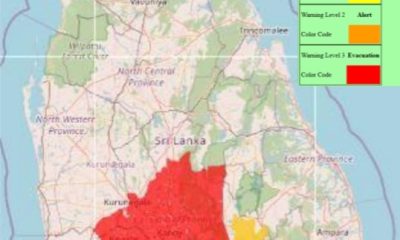
 News7 days ago
News7 days agoLevel III landslide early warning continue to be in force in the districts of Kandy, Kegalle, Kurunegala and Matale
-
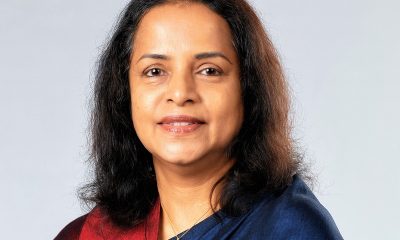
 Business5 days ago
Business5 days agoLOLC Finance Factoring powers business growth
-
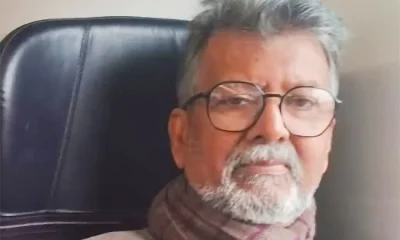
 News2 days ago
News2 days agoCyclone Ditwah leaves Sri Lanka’s biodiversity in ruins: Top scientist warns of unseen ecological disaster
-

 News5 days ago
News5 days agoCPC delegation meets JVP for talks on disaster response
-
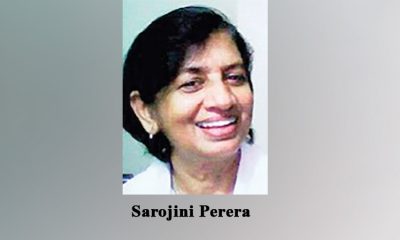
 News5 days ago
News5 days agoA 6th Year Accolade: The Eternal Opulence of My Fair Lady
-

 News3 days ago
News3 days agoRising water level in Malwathu Oya triggers alert in Thanthirimale
-
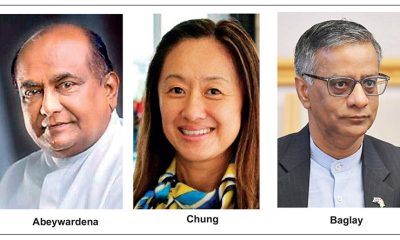
 Features1 day ago
Features1 day agoFinally, Mahinda Yapa sets the record straight













